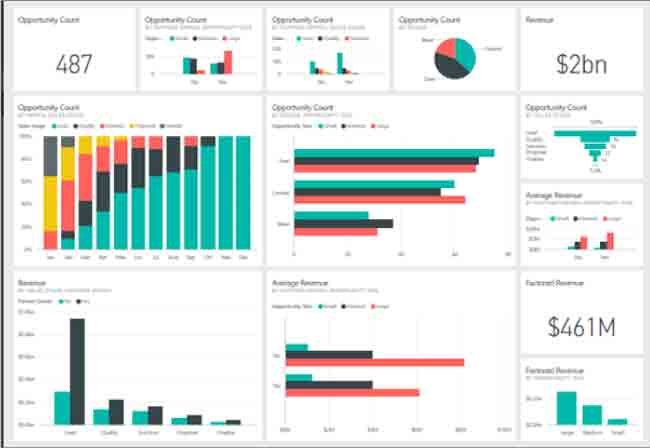
6 Things You Can Do If Your Loved One Wants To Leave Rehab Early
December 1, 2020
Here Are 5 Home Improvement Projects To Kickstart You!
December 3, 2020Business Intelligence Dashboard/ BI dashboard Best Practices
Business intelligence dashboard serve as direct links between analytics insights and the people who use them to make informed decisions. Trying to get the most value out of analytics efforts without an effective BI dashboard interface for users is like dropping the baton in the home stretch of a relay race — everything that came before, no matter how powerful, ends up counting for little to nothing.
User-friendliness, customizability, speed and interactivity are some of the hallmarks of effective BI dashboard today — and these qualities play a significant role in bolstering or hindering adoption rates among users, which in turn affects the overall outcome of BI and analytics initiatives.
Here are some best practices for BI dashboard to keep in mind.
Offer Multiple, Rich Perspectives on Data Insights
One of the biggest advantages of effective BI, particularly over static reports, is it can allow users to continue exploring data beyond an initial answer or chart.
CIO defines one of the drivers of success with self-service BI as dashboards “that include pull-down menus and intuitive drill-down points” so users can find answers as well as explore and transform the data as desired to get an even fuller understanding of what the data is saying.
The ability to drill deeper into data or zoom out as needed provides important context for what could otherwise be standalone insights. When it comes to decision-making based on data, it’s advantageous to provide users the opportunity to explore this context for important clues, related questions and key parameters — all of which users can fold into more effective data-based decision-making.
Ensure Dashboards Are Context-Specific
There’s a lot of information available within the enterprise today. And, as important as it is to connect users with key insights, it can also become overwhelming without ensuring insights are relevant to who is viewing them. In other words, it’s absolutely possible to have too much of a good thing — in this case, data insights.
As one expert notes for Search Business Analytics, some dashboards fail to provide context or direction to users. This decreases the relevance of the information users are seeing, which can cause them to tune out BI as “noise instead of a useful tool.”
Any effective BI dashboard must offer customizability settings based on the needs of individuals, teams, departments and entire companies. Quality outweighs quantity here, as there’s a point of diminishing returns at which information-packed dashboards lose their relevance. Avoid trying to make dashboards widely relevant to everyone; instead, focus on creating context-specific collections of information highly tailored to smaller subsets of users.
Infuse Data into Existing Workflows
Another aspect of maximizing the relevance of Business Intelligence Dashboard is positioning them where users already spend time rather than requiring them to visit a distinct interface. Every interruption of a user’s natural workflow risks hurting BI adoption by placing a hurdle in the way.
Harnessing embedded analytics can be advantageous because it takes dashboard insights directly to users’ workflows — the devices, applications and portals they’re already harnessing. As one expert notes for MarTech Series, embeddable dashboard insights provide “answers at the point of decision” because they provide information where users are asking questions and making decisions.
Business intelligence dashboard represent the point at which data analytics become democratized, accessible to stakeholders throughout a business ecosystem. The capabilities and quality of your enterprise’s BI Dashboard can have a major effect on the outcomes of your overall data strategy. Getting BI dashboards right can fuel decision-making based on data; getting them wrong can plummet adoption rates, decrease the perceived relevance of data among users and hinder productive decision-making.




